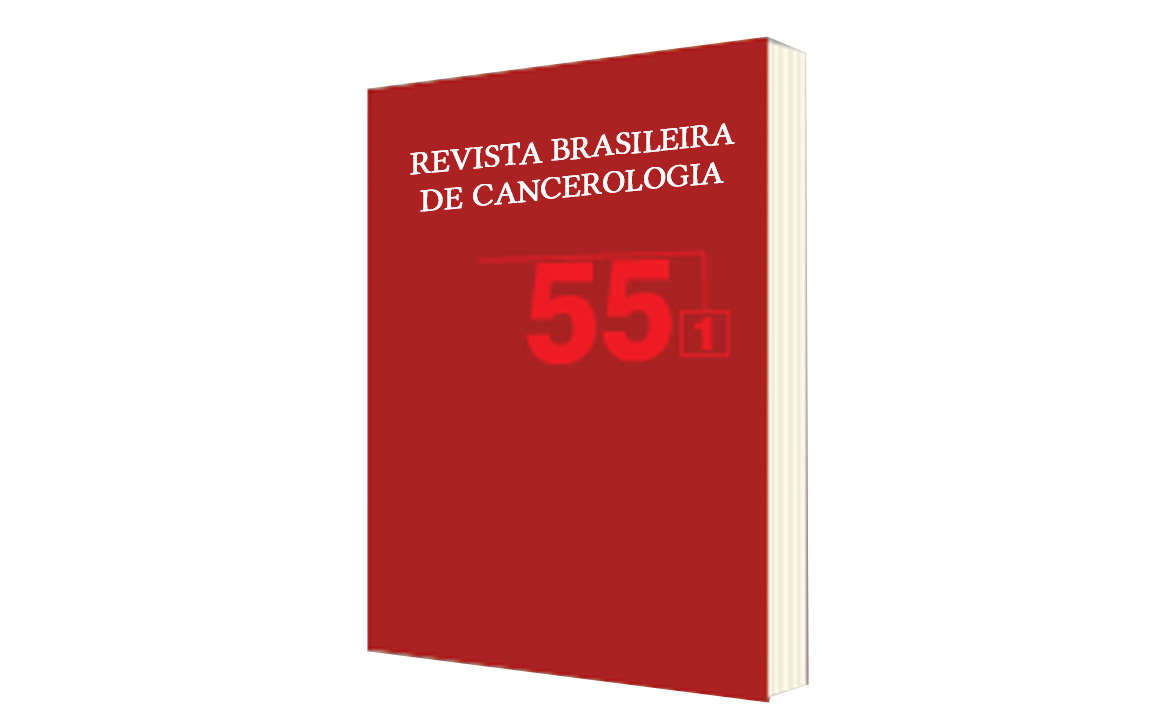Esophageal Cancer: Profile of Clinical Manifestations, Histology, Location and Metastatic Behavior in Patients Undergoing Cancer Treatment at a Cancer Center in Minas Gerais
DOI:
https://doi.org/10.32635/2176-9745.RBC.2009v55n1.1673Keywords:
Esophageal Neoplasms, Neoplasm metastasis, HistologyAbstract
Esophageal cancer (EC) is a type of tumor with an increasing incidence, and mortality rates close to incidence rates. Its etiology is associated with the histological type of the disease, with the squamous cell carcinoma as the most common and strongly related to smoking and alcoholic habits, as well as the adenocarcinoma associated with Barrett's esophagus. In addition to these well-known factors, the risk of developing this cancer is increased in people who ingest food and hot drinks (mate) and who have poor nutrition (hipovitaminose A, C and E); also, there is a genetic predisposition that is still poorly defined. Clinical manifestations common during the evolution of this disease include dysphagia, odynophagia, retroesternal discomfort, hiporexia, nausea, vomiting, weight loss. Such complaints deserve careful evaluation because when revealed, the disease is already, in most cases, in an advanced stage and a curative approach on these patients is not possible. Protocols for the EC treatment include surgery, chemotherapy and radiotherapy, but the best treatment is still cause for studies. This study aims to describe and analyze the profile of clinical manifestations, the relationship between the histological type and the location, age and metastatic behavior and therapy of patients with EC undergoing cancer treatment at the Oncology and Radioisotopes Center (COR), Ipatinga-MG. Retrospective analysis of records of 109 patients diagnosed with EC was made, from May 2004 to February 2007. For statistical calculations the program Epi Info 6.04d was used.










